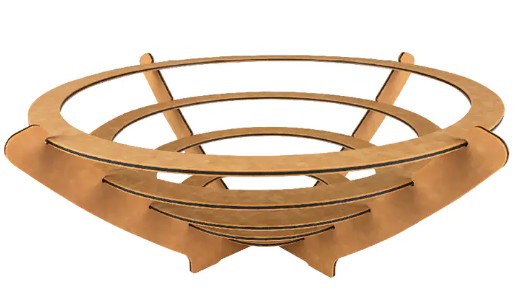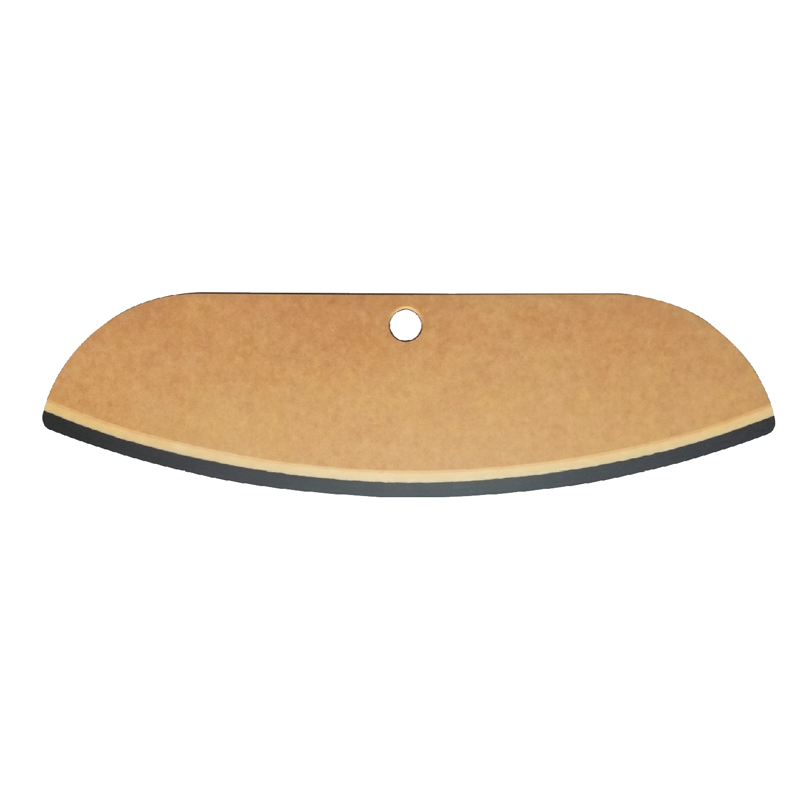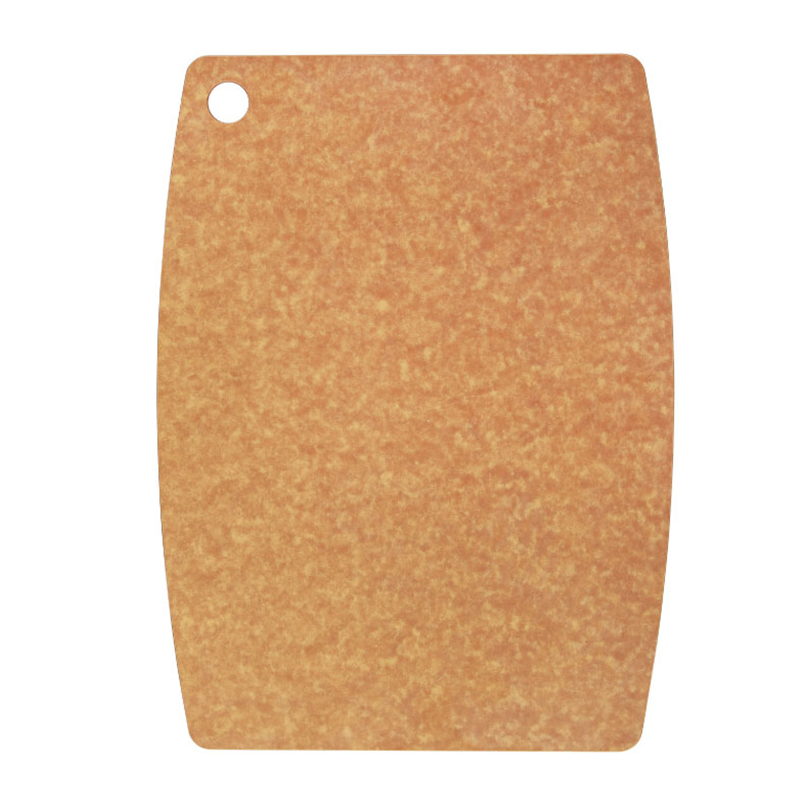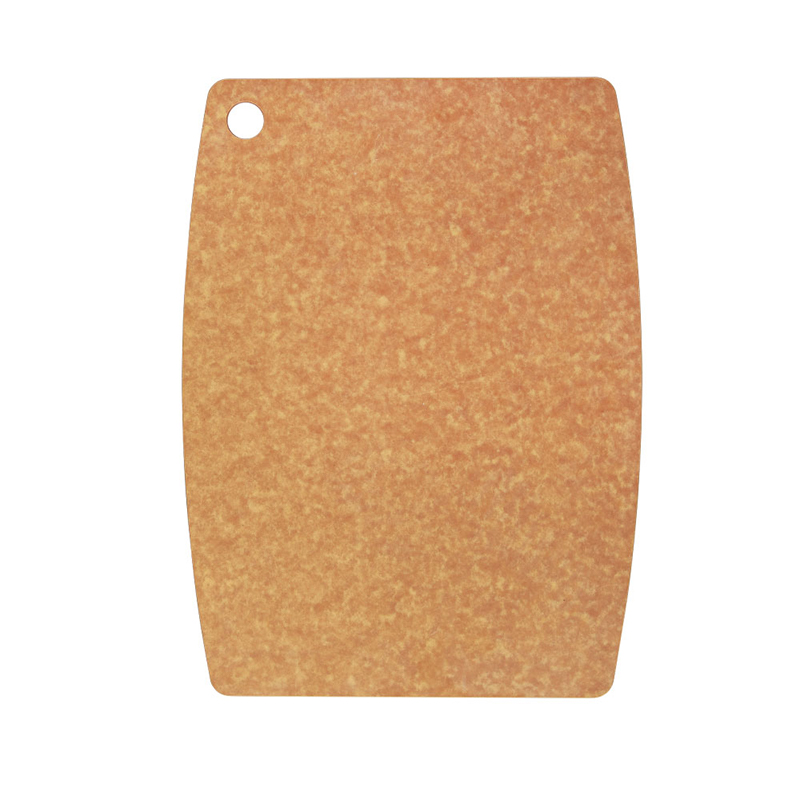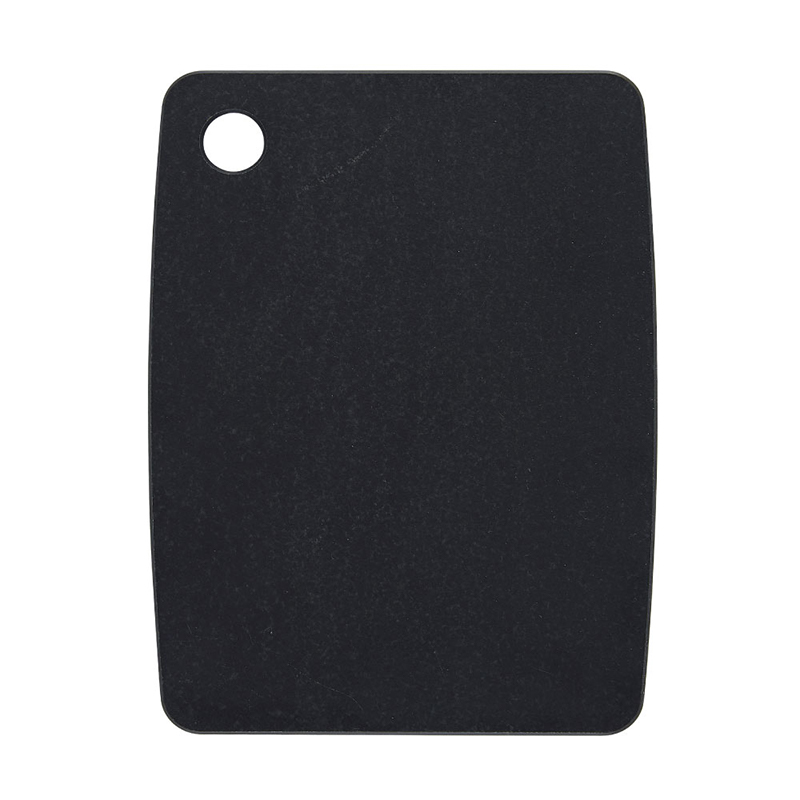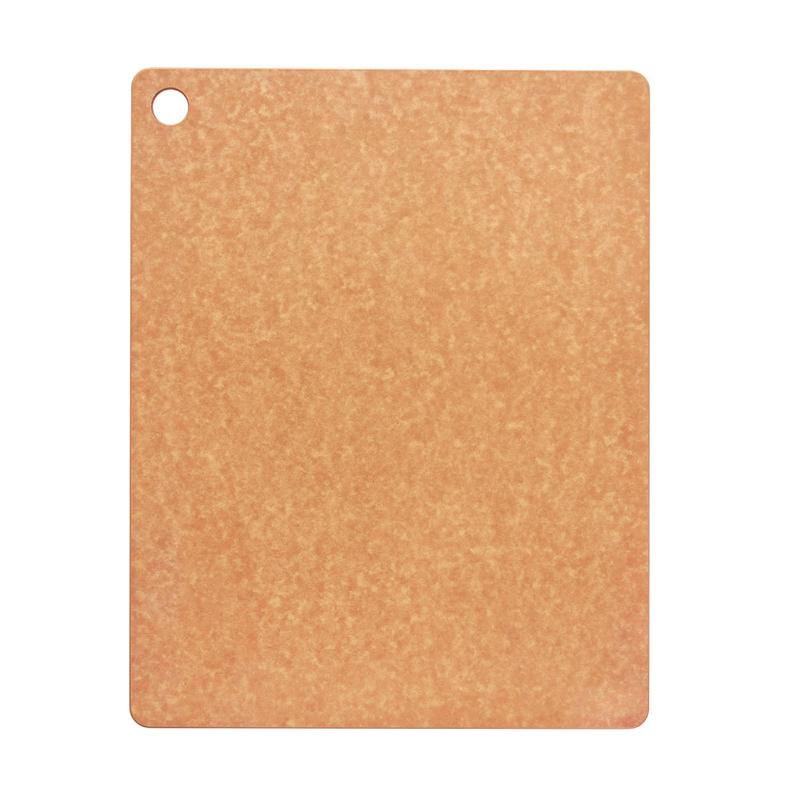-
Why Every Kitchen Needs a Chef's Wooden Chopping Board
In every well-organized kitchen, certain tools stand out as essential—not just for their function but also for their ability to enhance the cooking experience. Among these, the chef's wooden chopping board holds a special place. More than just a surface for slicing and dicing, it’s a symbol of tradition, craftsmanship, and culinary care. Whether you’re a professional chef or a home cook, investing in a quality chef's wooden chopping board can make a noticeable difference in your kitchen routine.
The class and many obvious advantage of a chef's wooden chopping board is its durability. Unlike plastic boards that can warp or get deeply scratched over time, a well-made wooden board—especially one crafted from hardwoods like maple, walnut, or teak—offers a long-lasting, knife-friendly surface. This not only preserves the sharpness of your knives but also reduces the need to replace your board frequently.
What makes a chef's wooden chopping board so popular among culinary professionals is the natural give of wood. Unlike glass or marble surfaces, which can dull blades quickly, a wooden board provides just enough resistance to make cutting smooth and safe. For chefs who spend hours preparing meals, this level of comfort and reliability is invaluable.
Another notable feature of a chef's wooden chopping board is its aesthetic appeal. Wood adds warmth and richness to any kitchen environment. Whether displayed on a countertop or used as a serving platter for cheese and charcuterie, the natural grain and texture of the board elevate the presentation. A chef's wooden chopping board is not just functional—it’s beautiful, making it a piece you’ll want to leave out even when it’s not in use.
Hygiene is often a concern when choosing kitchen tools, and some might assume that plastic is more sanitary than wood. However, studies have shown that a chef's wooden chopping board can be just as safe, if not safer, when properly maintained. Wood has natural antibacterial properties, and with regular cleaning and oiling, it remains a hygienic surface for food prep.
One of the greatest joys of using a chef's wooden chopping board is its versatility. From chopping vegetables and herbs to slicing meats and bread, it handles a wide range of tasks with ease. Some boards are even designed with juice grooves to catch liquids, preventing spills and keeping your work area clean. Others are double-sided, allowing one side for raw meat and the other for fruits and vegetables—a practical feature for maintaining food safety.
A well-crafted chef's wooden chopping board also tells a story of craftsmanship and tradition. Many boards are handmade by artisans who carefully select, cut, and finish each piece of wood. This dedication to quality not only results in a better product but also supports sustainable practices and small businesses. Owning such a piece brings a sense of pride to any cook.
Maintenance of a chef's wooden chopping board is simple and rewarding. Regular oiling with food-safe mineral oil keeps the wood from drying out and cracking. Occasional sanding can remove stubborn stains or knife marks, restoring the board to near-new condition. With proper care, your chef's wooden chopping board can last for decades, becoming a cherished part of your kitchen legacy.
For those who love to cook, a chef's wooden chopping board is more than just a tool—it’s an experience. It connects you to the process, to the ingredients, and to the generations of cooks who have relied on wood as their primary prep surface. There’s a tactile satisfaction in slicing on a solid wooden board, a sense of grounding in the rhythm of the knife.
The chef's wooden chopping board remains a timeless favorite in kitchens around the world. Its combination of durability, beauty, and functionality makes it a smart choice for anyone serious about cooking. Whether you're mincing garlic or carving a roast, your chef's wooden chopping board will be there—reliable, elegant, and essential.

 日本語
日本語 English
English 中文简体
中文简体